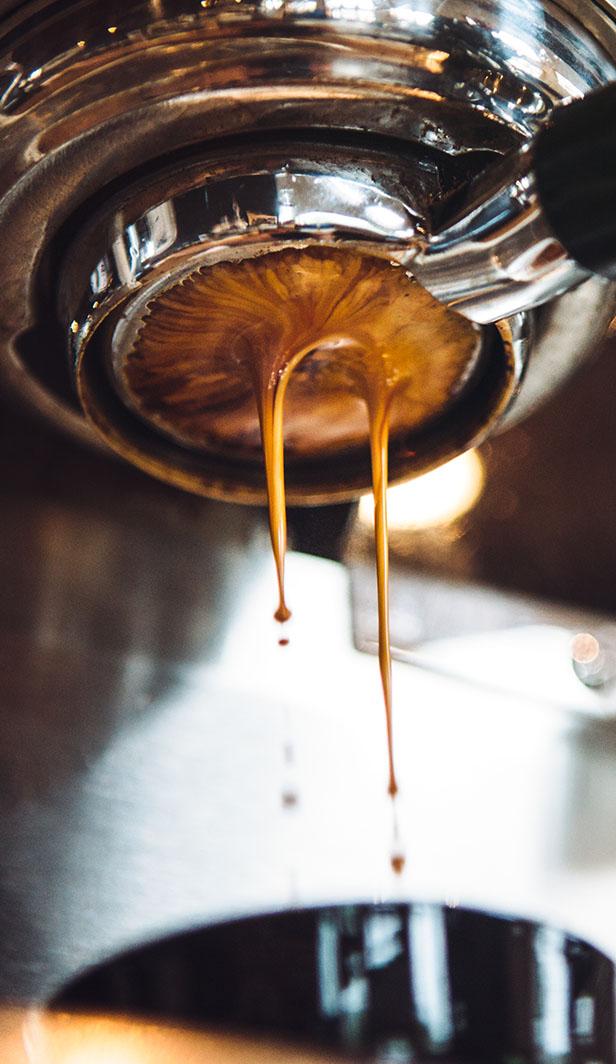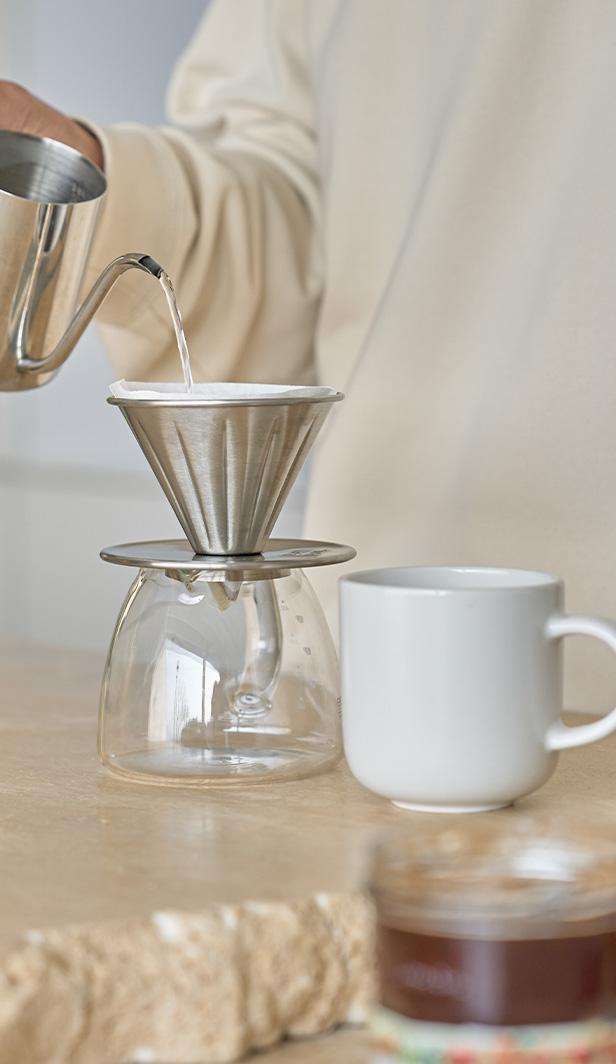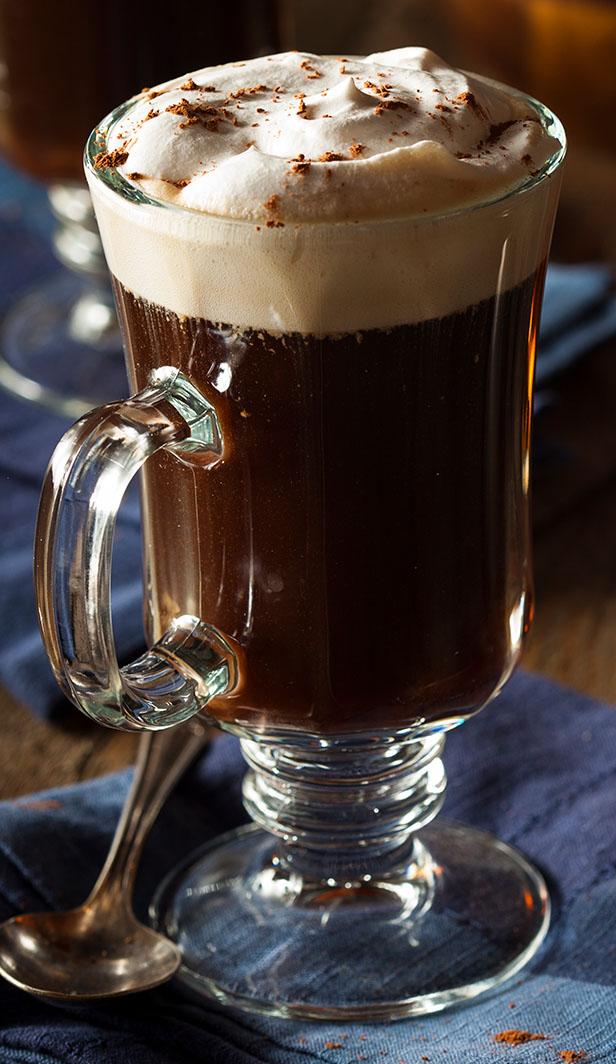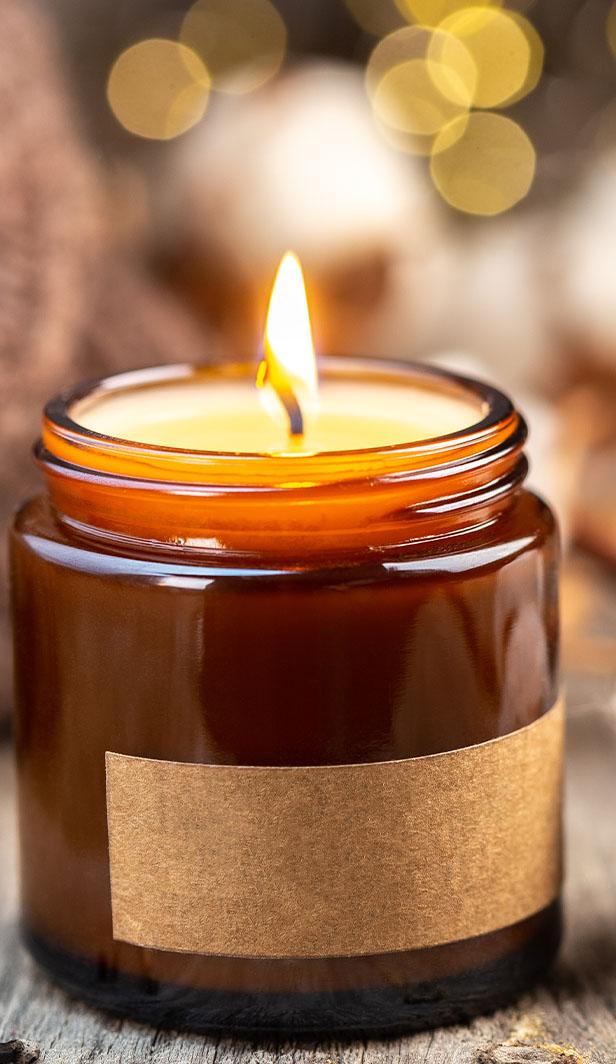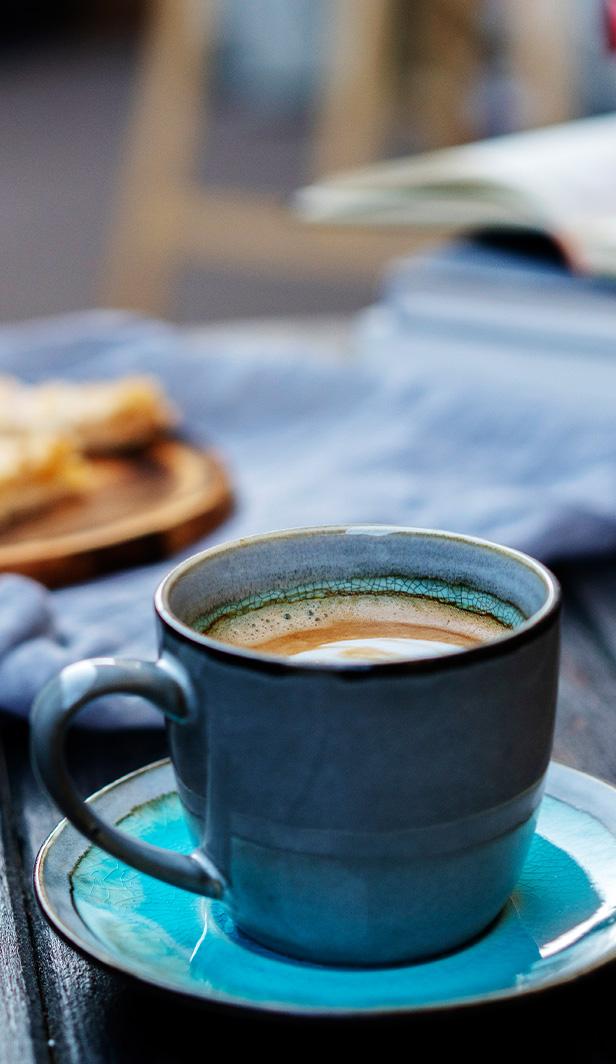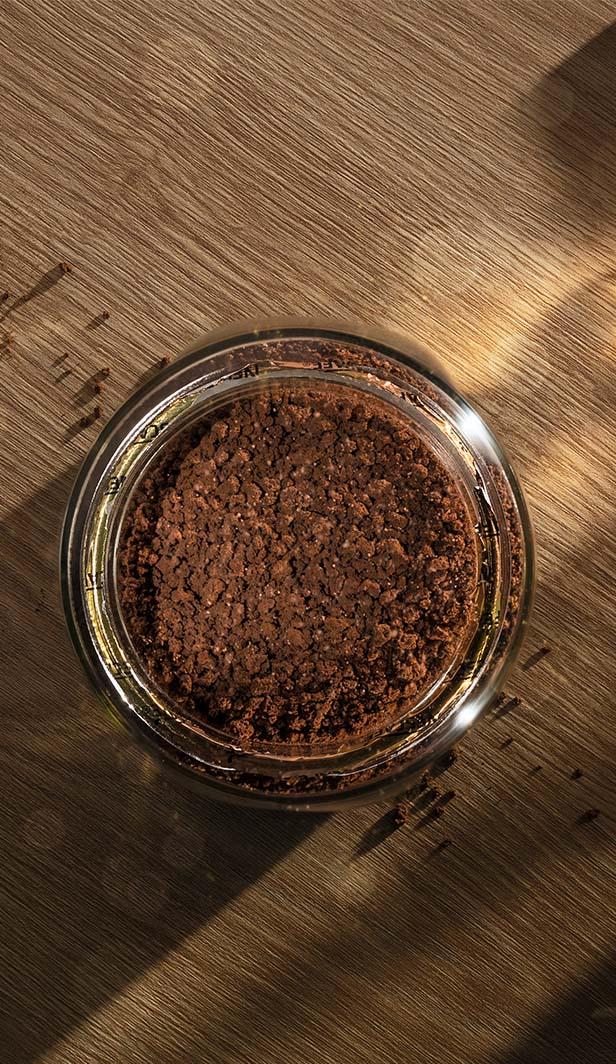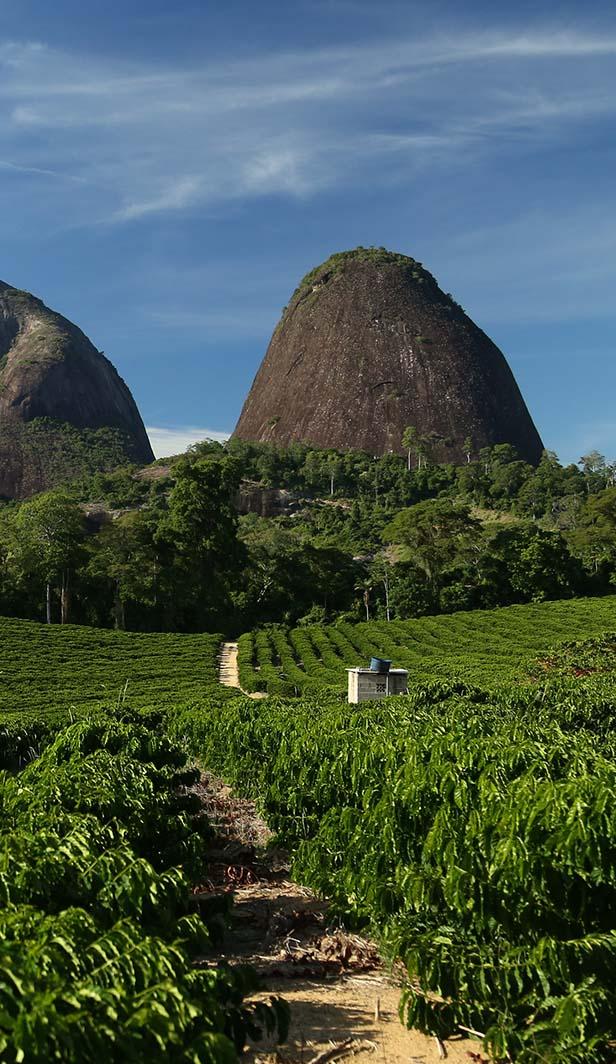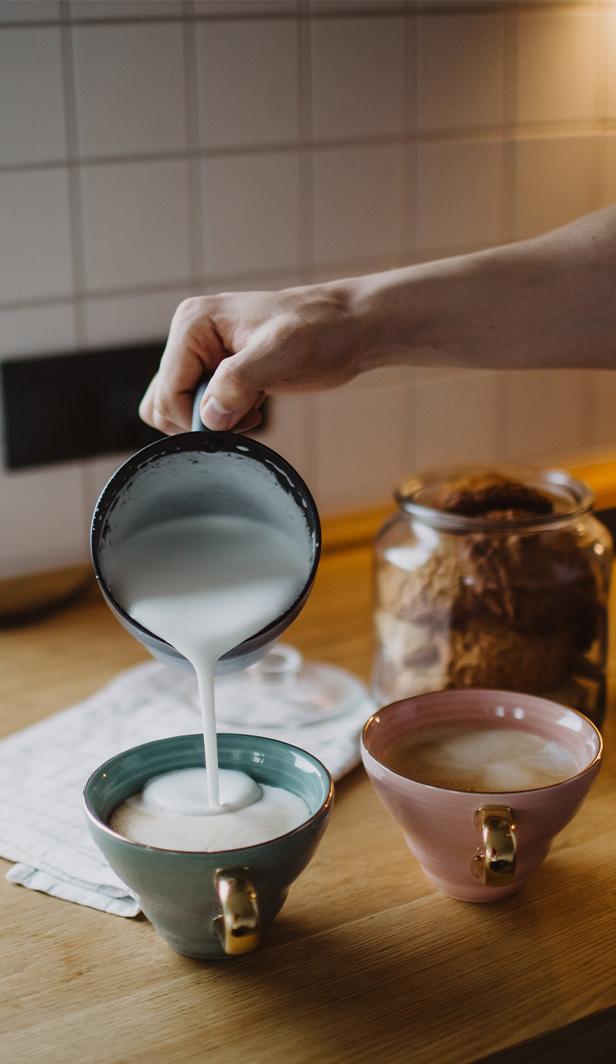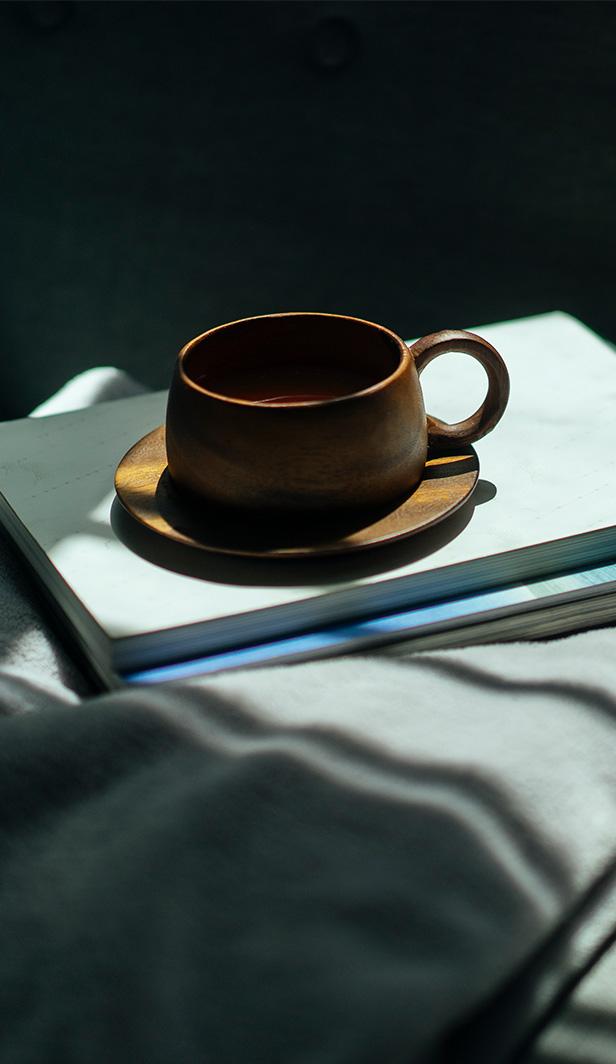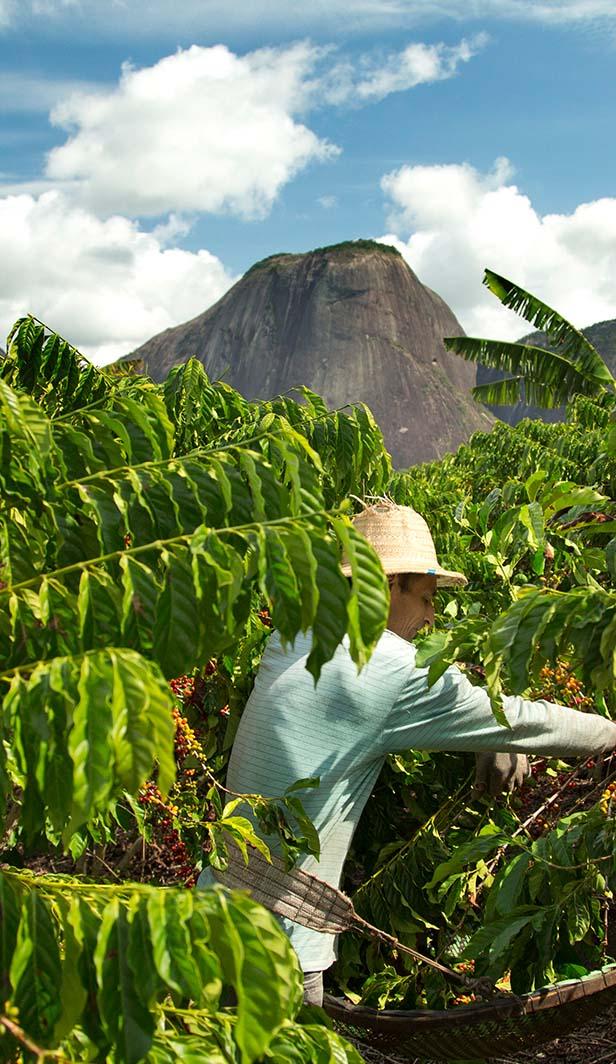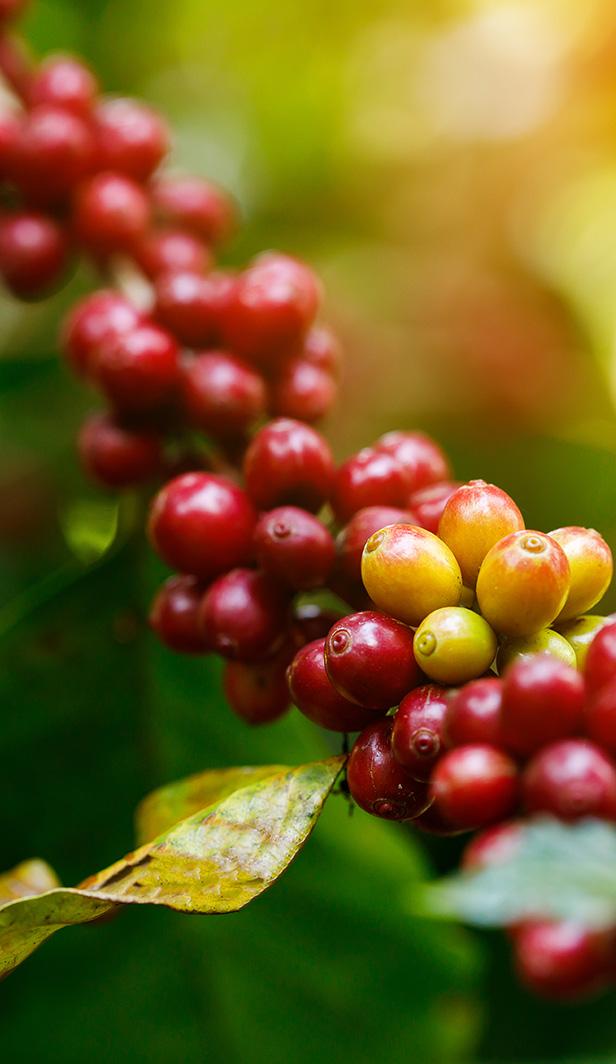What Is Craft Coffee?
The pursuit of quality

Craft coffee origins
The origins of craft coffee began with independent coffee roasteries roasting their own beans and experimenting with different flavour profiles. The craft coffee industry took off from there and according to Feast Magazine, craft coffee shop sales grew by an impressive 24% over the last five years. Its success is hardly surprising, given how much the craft beer industry is booming, with consumers becoming more conscious about the products they consume, actively seeking the highest quality available.
Only the best beans are selected
Craft coffee begins with the picking process. Because it’s all about creating the perfect cup of coffee, only the best beans make it through.

Roasted to perfection
One of the key things that sets craft coffee apart from the rest is the roasting process. Coffee beans are only roasted in small batches, giving roasters more control over how the beans turn out, as roasting on a larger scale can over or under roast the beans, possibly resulting in less consistent flavour.
Single sourced
One of the reasons craft coffee is considered so popular is because most beans used in this process are single origin and can be traced back to a single farm or location. This traceability allows consumers to understand exactly where their coffee is coming from and also ensures higher quality beans with more consistent flavour profiles, as the beans possess characteristics which are unique to that particular region.
What is NESCAFÉ Craft coffee?
At NESCAFÉ, we partnered with Grindsmith, a speciality coffee roaster based in Manchester, to create the UK and Ireland’s first craft coffee in an instant format. Our NESCAFÉ AZERA Grindsmith Craft Coffee is a one-of-a-kind coffee experience that’s been created with carefully selected 100% Arabica coffee beans and the rare Quindio bean from Colombia. What’s more, this blend scored 82/100 on the Specialty Coffee Association Scale, making it the only known instant coffee able to claim the craft accolade.

Today’s community favourites

What Is Decaf Coffee?
Simply delicious

What does decaf mean?

Decaffeinated vs caffeinated coffee - what is difference?
Besides the reduced caffeine content, there is usually only a very slight difference in the taste and the smell. But if you are purchasing quality coffee such as our wonderful NESCAFÉ decaf range, you won’t have to compromise on taste or quality.
Now that you know what decaf coffee is, find out what a flat white is next.
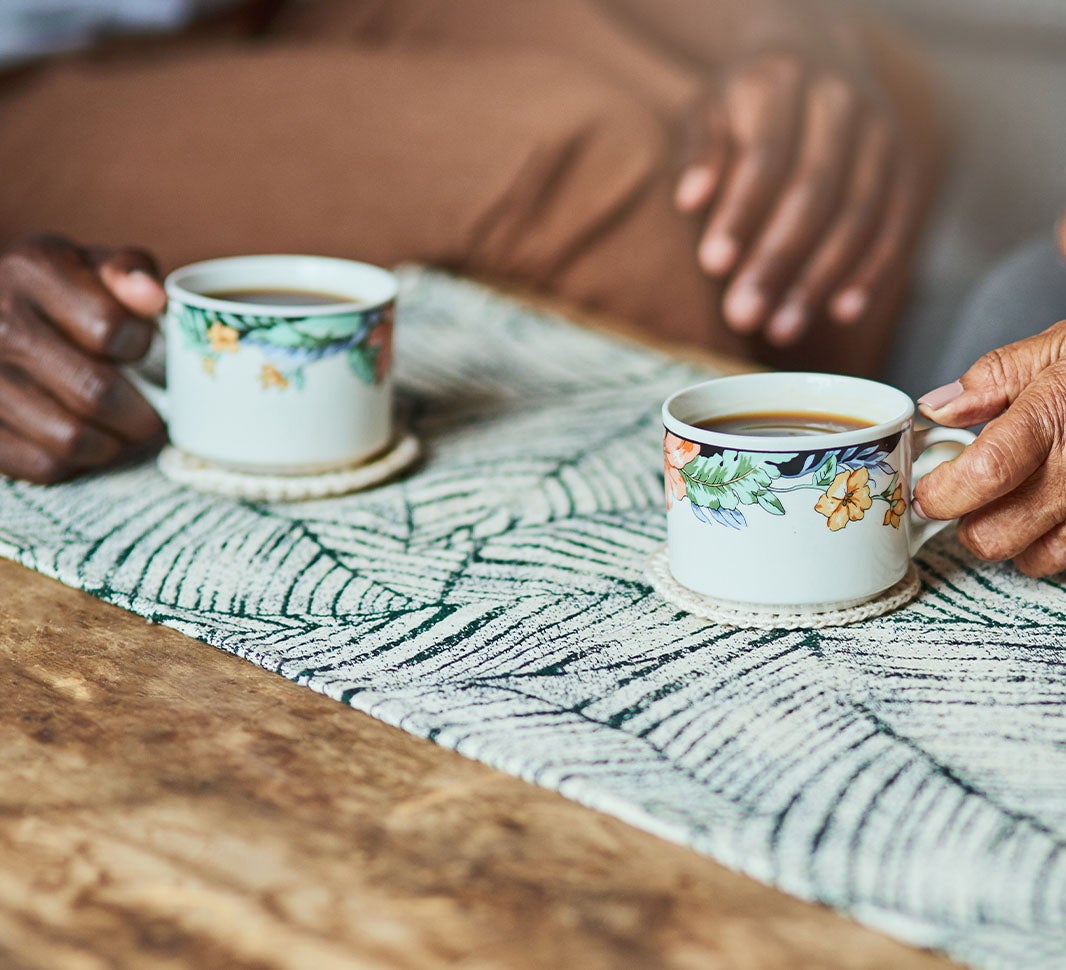
Today’s community favourites

What Is A Long Black Coffee?
Simply delicious

Long black coffee origins

How to make a long black coffee

Using an espresso machine

Using a moka pot

What does long black coffee taste like?

Long black coffee vs americano - what’s the difference?


Today’s community favourites

Coffee Table Books To Inspire
For the dog lover

For the fashion fanatic

For the tattoo enthusiast

For the travel bug

For the trend setter

For the budding architect

For the proud feminist

For the interior design admirer

For the host with the most

For the conscious adventurer

For the beauty expert


What Is Drip Coffee?
Indulge yourself

What does drip coffee taste like?
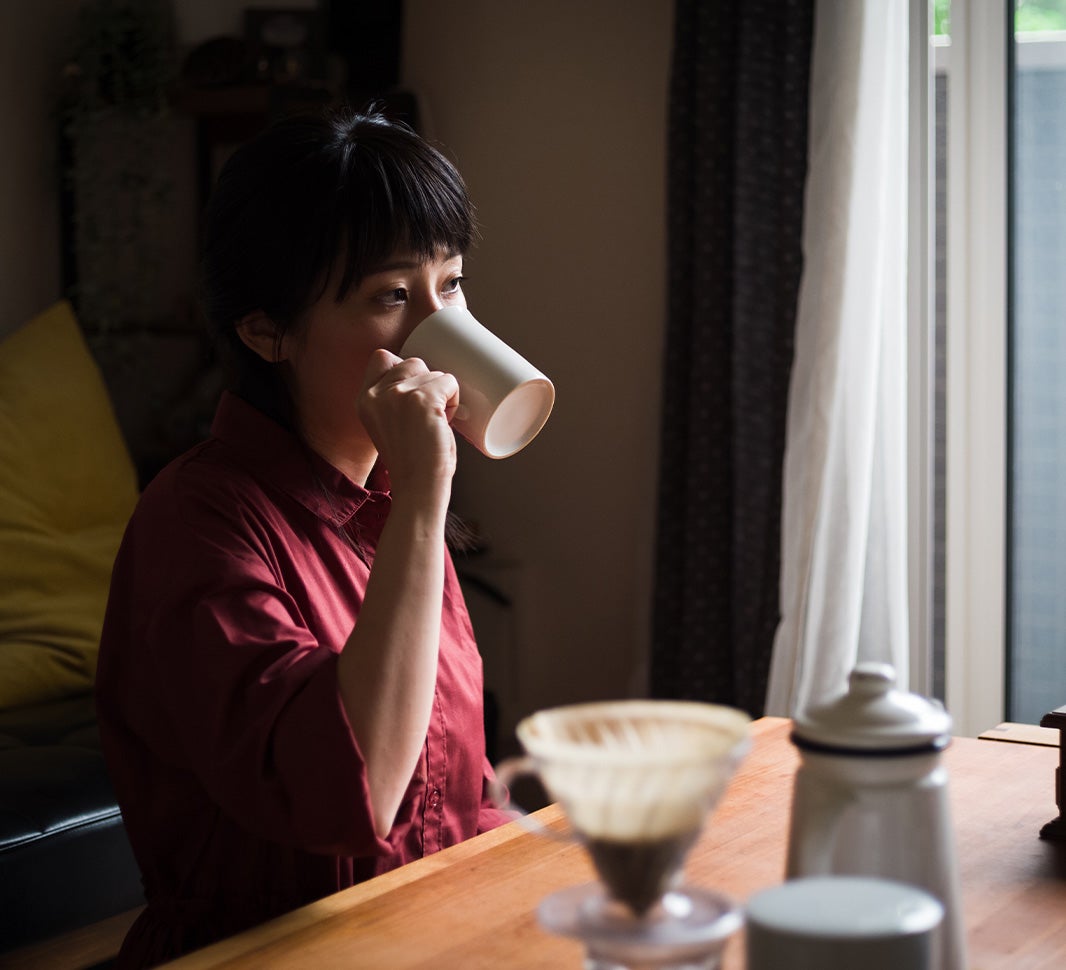
What is cold drip coffee?
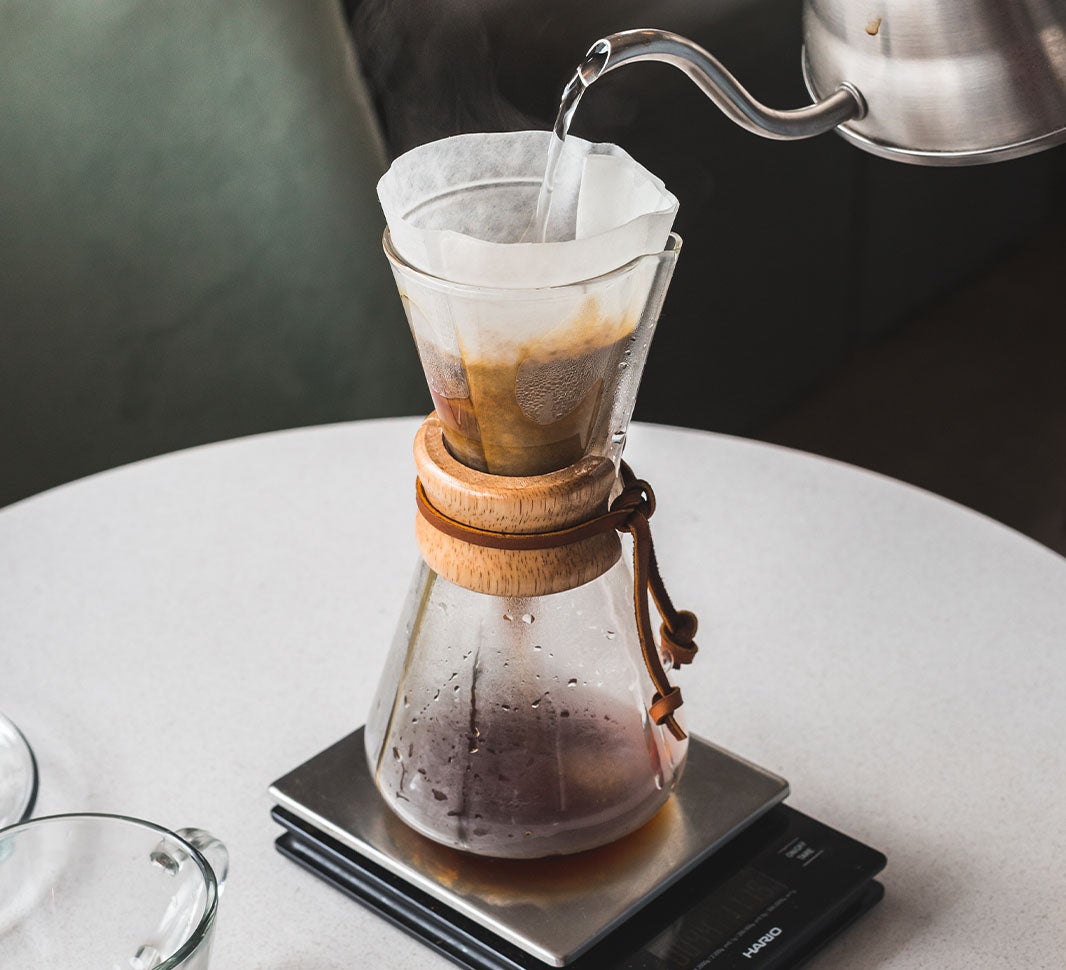
Origin of drip coffee
This brewing method was first developed in 19th century France and quickly become the most popular way to prepare coffee. It involved putting ground coffee into a container between two chambers of a pot, with heated water added to the top chamber. The coffee was then percolated and dripped down through the coffee into the bottom serving receptacle. One of the biggest developments in drip coffee came in 1908 when a German woman called Amalie Auguste Melitta Bentz invented the first coffee filter. She soon patented her paper filter and established the Melitta company, eventually creating the cone-shaped filter you’re familiar with today.
Now that you know what drip coffee is and where it came from, find out what a cappuccino is next.
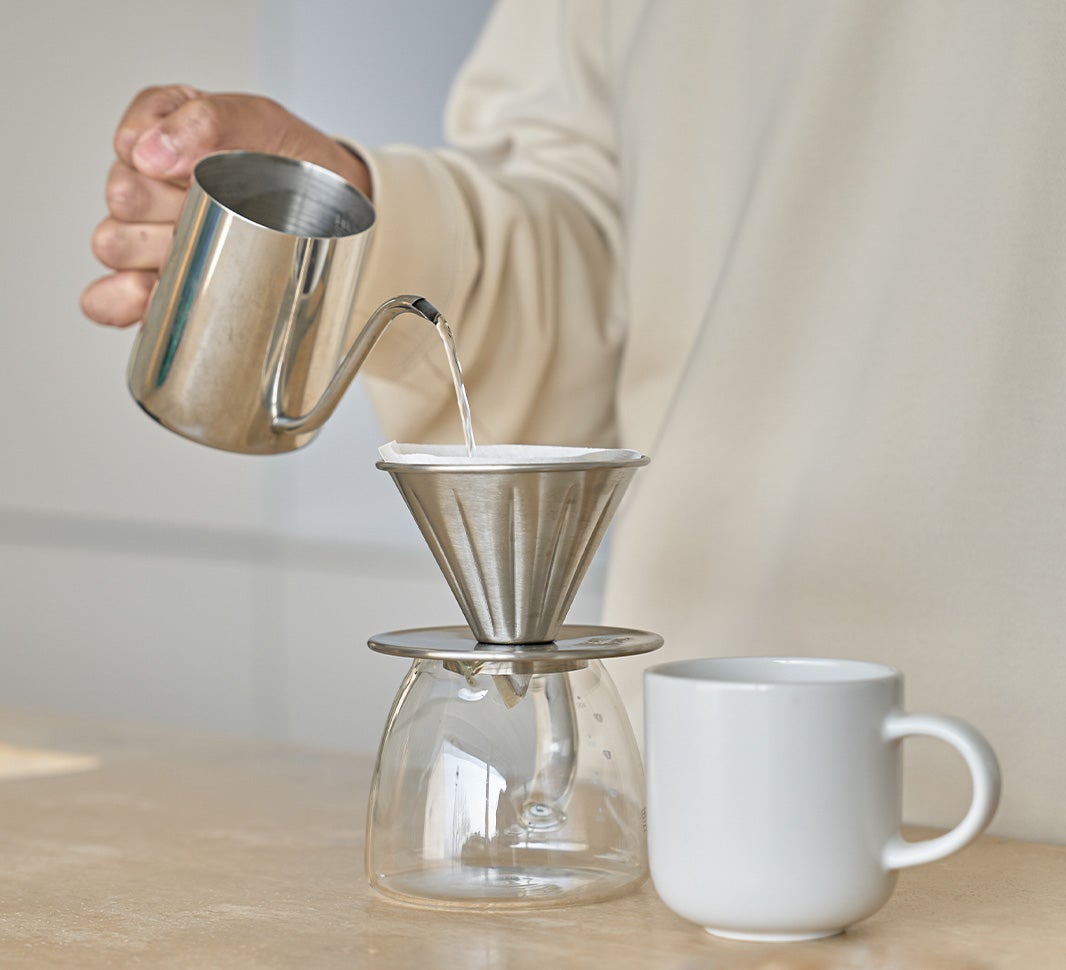
Today’s community favourites

What Is Instant Coffee?
Instant coffee is made from real coffee beans.
The soluble and volatile contents of the beans are extracted, then the water is removed, leaving the powder or concentrated soluble coffee powder. It’s essentially dehydrated for your convenience – just add water and enjoy! You might also see instant coffee referred to as soluble coffee, powdered coffee or granulated coffee.
Like other coffees, instant coffee also comes in a variety of roasts: dark, medium and light, so you’re still able to choose the strength that you love. You might also be looking for the same rich flavour, but less caffeine. Luckily, decaf instant coffee is available with the same convenience.

Regular vs instant coffee - what’s the difference?

How to make instant coffee
Instant coffee is so easy to make, simply follow these 4 steps:
1. Pick your favourite mug2. Add 2 teaspoons of instant coffee, boil your kettle
3. Let your boiled water rest for 30 seconds (pouring fresh boiling water onto coffee can lead to a bitter taste) and fill your mug
4. Stir until the instant coffee is completely dissolved, and enjoy!
And there you have it – an indulgent, rich coffee with minimal fuss.
Instant coffee is often enjoyed with milk or your favourite plant-based alternative, but you can easily add flavoured syrup like vanilla or caramel.

Why choose instant coffee?

Today’s community favourites

11 Inspiring Books About Coffee
The World Atlas of Coffee by James Hoffman

Uncommon Grounds by Mark Pendergrast

Coffee: A Global History by Jonathan Morris

The Philosophy of Coffee by Brian Williams

How to Make Coffee: The Science Behind the Bean by Lani Kingston

Craft Coffee: A Manual by Jessica Easto

The New Rules of Coffee by Jordan Michelman & Zachary Carlsen

Coffee: The Epic of a Commodity by Heinrich Eduard Jacob

Coffee For One by KJ Fallon

Coffee Art by Dhan Tamang

Coffeeography: The Coffee Producers by Stephen Philip Leighton
Coffeeography: The Coffee Producers is a node to the importance of relationships in the coffee world, profiling some of the many amazing and inspiring coffee producers that the author has had the privilege of working with during his time at Hasbean. Speciality coffee isn't just about coffee and its flavours, but about the love and care that goes into it too.
Make your day more exciting with a cup of your favourite coffee and one of these top books about coffee.


What Is Single Origin Coffee?
Discover a world of flavour

Single Country or origin

Lots, Microlots and Nanolots

What is blended coffee?

To blend or not to blend coffee
Blends, as the name suggests, are a mixture of various coffee beans sourced from different locations and processed together. The beans can be sourced from different regions within the same environmental area, or are sourced from totally separate countries around the world. The next time you sip a coffee in your local café, try and spot their house blends.
However, mixing the wrong single origin beans together can result in a bland or unpleasant taste. Getting it right requires skill and wide-ranging knowledge. Mixing of coffee beans flattens out the more intense characteristics and also covers up its origin. Essentially, you are losing all the unique qualities of these individual coffees.

What makes single origin coffee special?
It mostly comes down to taste. However, that does not mean single origin coffee necessarily tastes better than blended coffees, but that each single origin coffee tastes different to others. Many factors influence the flavour, including coffee diversification, inputs, climate and processing. Each one of these factors is unique to its origin, and coffee flavour varies from country to country and region to region.
A very important characteristic of single origin coffee is how it is grown and cared for seasonally. Coffee tastes best when it is recently harvested. Single origin coffee will usually be very unique since it comes from one region. Many roasteries prefer to roast single origin coffee beans to a lighter roast so that the subtle notes of the coffee bean are more palpable and can be appreciated in coffee.

Which single origin coffee is best?
Again, this is down to personal taste. Countries that have historically imported coffee, like Belize and Cambodia for example, are both within the coffee sphere but are not coffee leaders by any means. Those which produce Arabica beans are often more favourable. The Arabica coffee bean grows at higher altitudes than Robusta coffee beans, and only under certain conditions. Countries such as Ethiopia, Guatemala, and Mexico have more mountain ranges and export a large amount of Arabica beans. Single origin coffee is unique and will make any coffee special. Discovering the right one for you will be sure to give you a coffee experience like no other.
Now that you know what single origin coffee is, learn more about different coffee types next.

Today’s community favourites

What Is The Difference Between Wet and Dry Cappuccino?
What is a cappuccino?
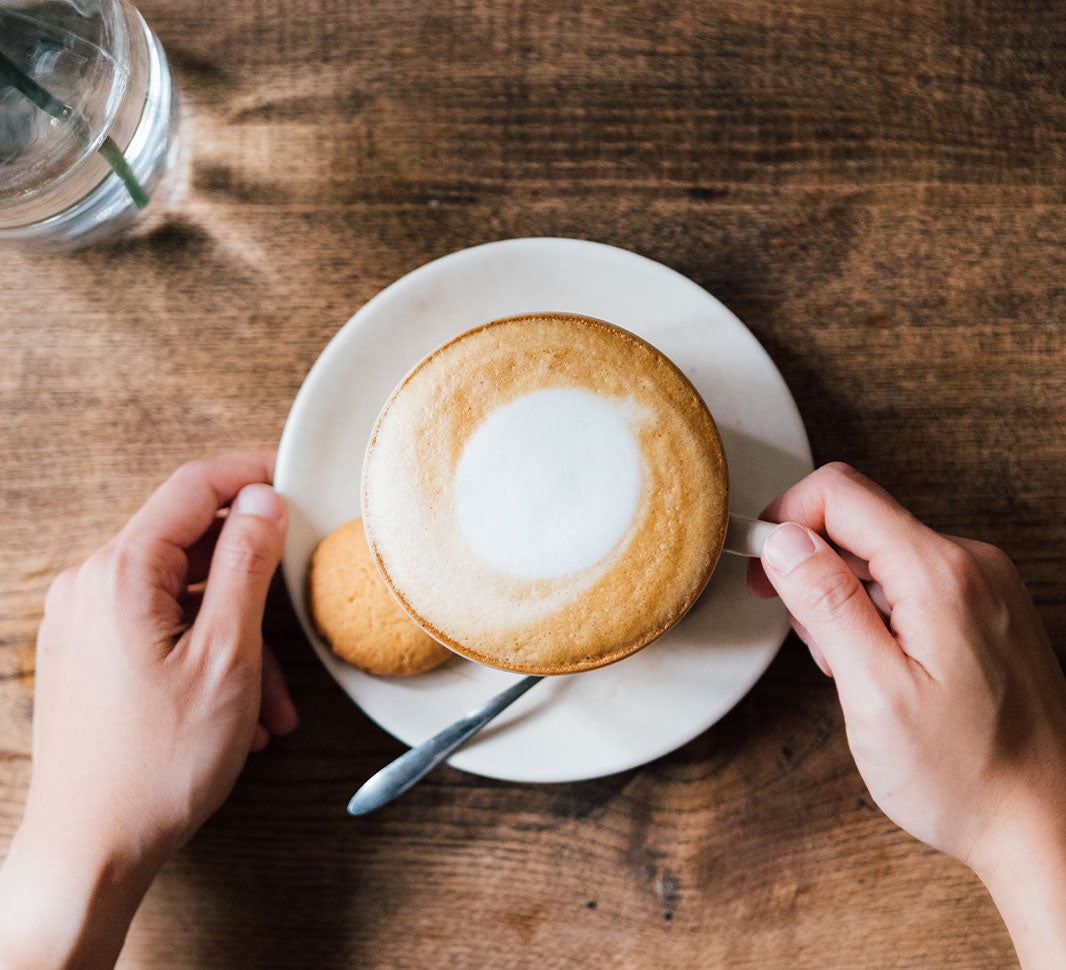
Wet vs dry cappuccino

Wet cappuccino
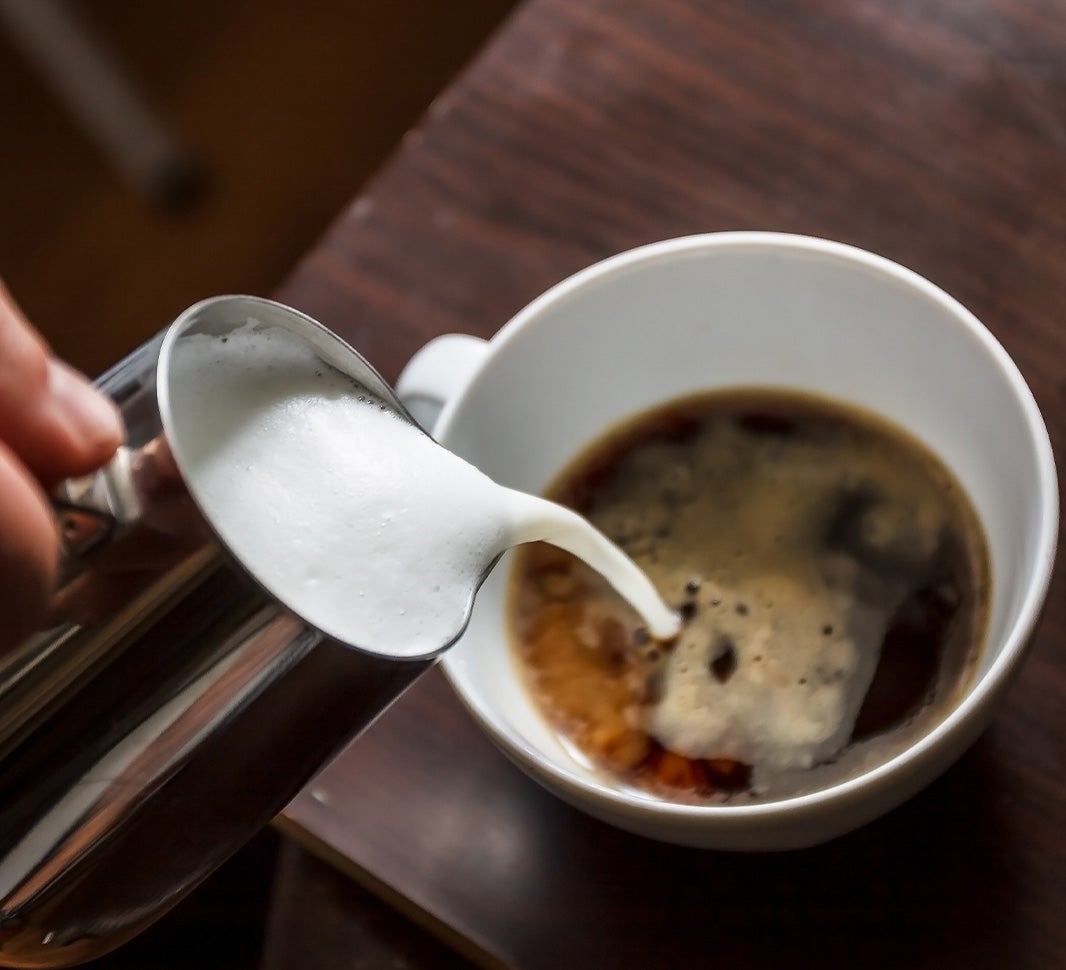
Dry cappuccino
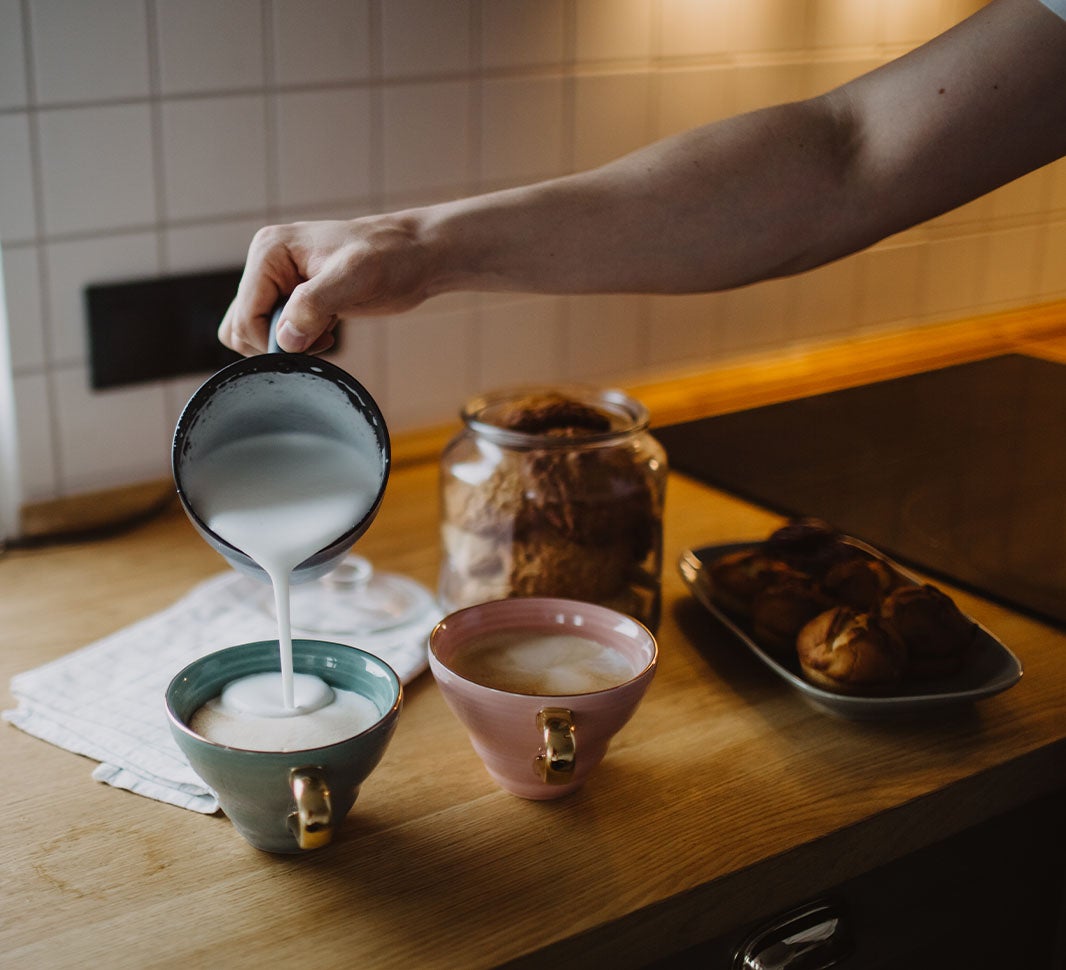
What are the different flavours?

Wet Cappuccino flavour profile
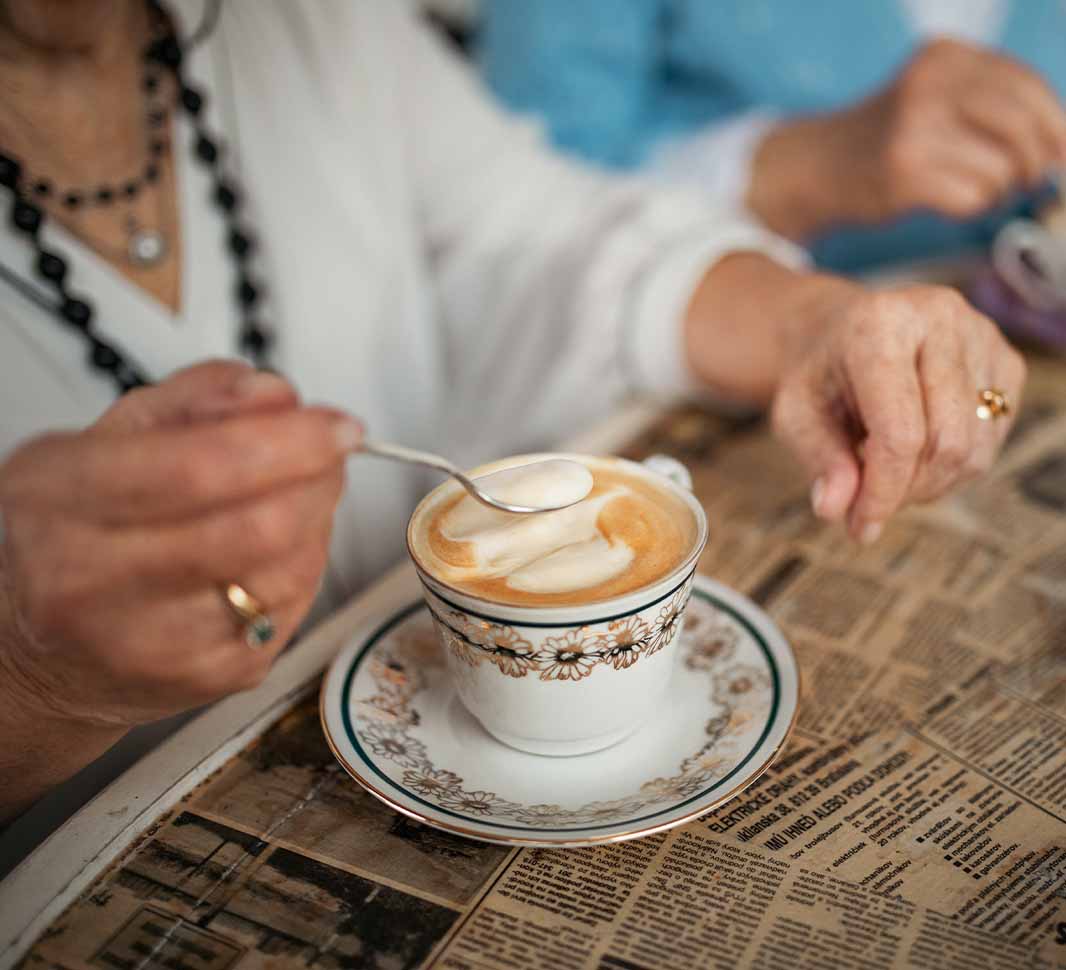
Dry Cappuccino flavour profile

What is a Bone-dry and super-wet Cappuccino?
While wet and dry are where most people stop with their cappuccinos, some prefer to go further! Bone-dry cappuccino quite simply has no milk and all foam. A bone-dry cappuccino is slightly similar to a macchiato, but with a little more foam. A super-wet cappuccino typically consists of no foam, and all steamed milk. This extra-liquid beverage starts to resemble a flat white more than a cappuccino. The ‘super-wet’ comes from the extra steamed milk that is added onto the already ‘wet’ cappuccino. This can dilute the taste of the espresso, essentially leaving the mug full of creamy smooth milk.
The wet and dry cappuccino terminology depends wholly on the proportion of steamed milk. The more steamed milk, the ‘wetter’ the cappuccino, and the reverse for a dry cappuccino. Also, every type of milk will have a different result when steamed or frothed before adding it to the espresso shot, but that’s not to say it won’t still be a delicious cappuccino!
Now you know the difference between wet and dry cappuccino, learn more about instant coffee next.
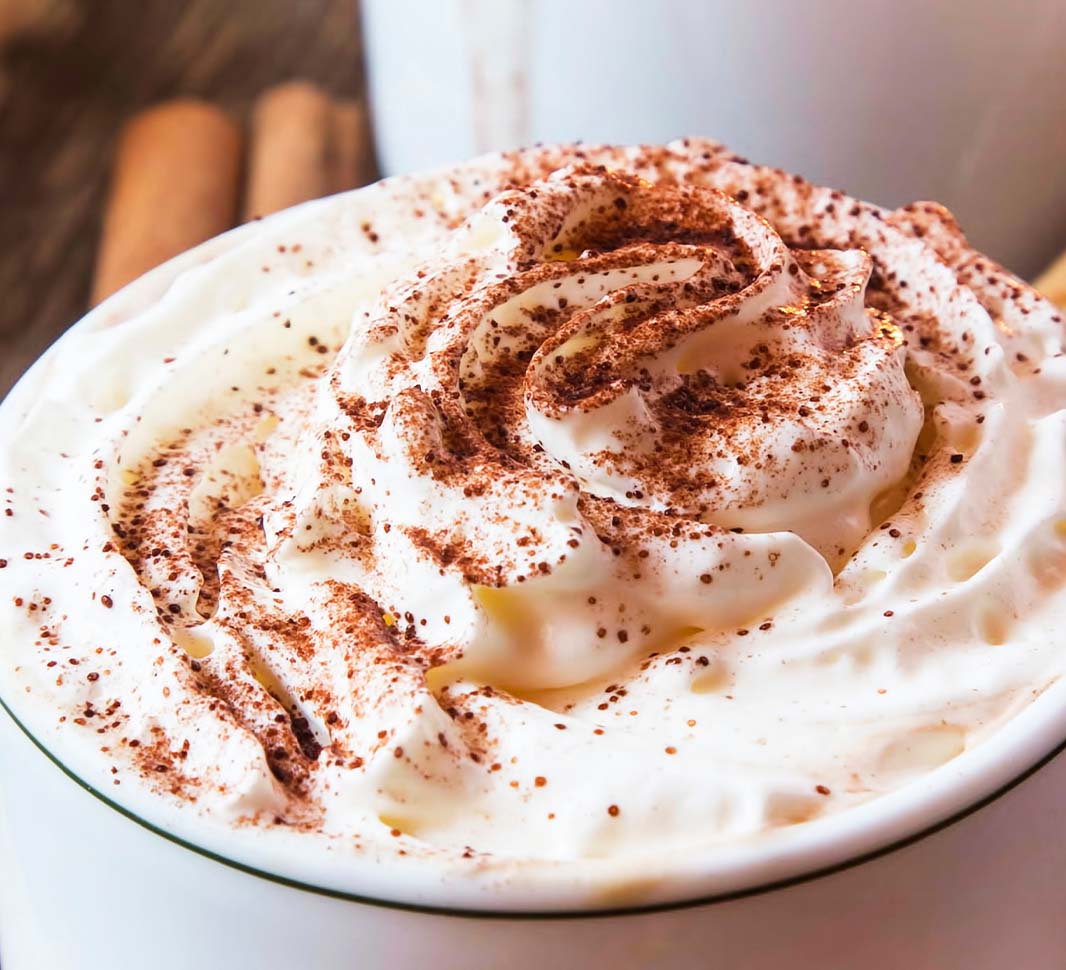
Today’s community favourites

Explore The World of Coffee Tasting
After coffee is harvested

Before coffee is shipped
We work closely with all our coffee suppliers through our network of six specialist coffee quality-control centres around the world. We also help coffee suppliers adhere to the latest food safety measures. Finally, our NESCAFÉ professional tasters will thoroughly test the quality of our coffee before it is even shipped.
In our factories
The beans undergo one last quality test when they finally arrive at our factories, before the coffee is used to make your favourite NESCAFÉ. We also have professional tasting teams in every NESCAFÉ plant worldwide. Satisfying their expert taste-buds is just the last of many quality tests that help guarantee the delicious taste of every cup of NESCAFÉ.
This is how we’re able to have a lasting impact, working with our partners big and small to keep making your coffee better and tastier.

The language of coffee tasting
Expert coffee tasters need to understand the subtle differences between coffees. How has the way the coffee was grown, milled and roasted affected the final flavour? Did the type of soil the tree was planted in make a difference? Or maybe the way it was watered and fed? Even the type of bags the beans have been stored in could change that final flavour.
In fact, many experts in the coffee-tasting profession use a book called the Sensory Lexicon. It’s a bit like an insider’s guide to the strength of the different flavours in coffee. It lists more than 100 different flavours, and they’re organised into groups such as:
- Floral, spices, sweet, cocoa
- Fruity, green/vegetative
- Roasted, cereal, nutty
There can be many flavours in each group. For example, the ‘sweet’ group of flavours includes molasses, maple syrup, brown sugar, caramelised, honey and vanilla.
Awakening the senses to quality
It takes many years of experience to become a respected coffee taster. To qualify as a professional taster, you’ll need to be an expert in ‘cupping’ – the technique for identifying the complex tastes and aromas in coffee. You’ll learn about:
- Le Nez du Café Aroma
Appreciating the 36 basic scents of coffee - Sensory skills
Judging the strength of various tastes like sweet, sour and bitter.

Peer calibration
Blind-tasting coffee so you can match the judgment of experienced tasters
Becoming a coffee taster
If you research coffee-tasting courses, you’ll probably find a local organisation that can help guide you towards a professional qualification. You’ll need lots of dedication to study for and pass the exams and practical tests that will develop your tasting skills and coffee know-how.
Coffee knowledge
Coffee tasters also need to understand the entire coffee journey. This knowledge helps them spot ways to improve a coffee’s quality before it arrives in your cup. You’ll need to know about:
- The foundations of coffee
The agriculture and science behind the coffee journey - Coffee processing
How coffee is stored, milled and roasted - Coffee quality
The way coffee is handled during its journey, and how it can affect the coffee’s final quality.





